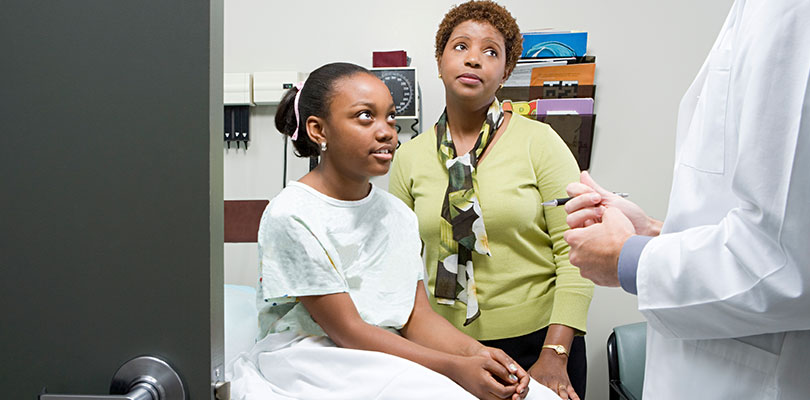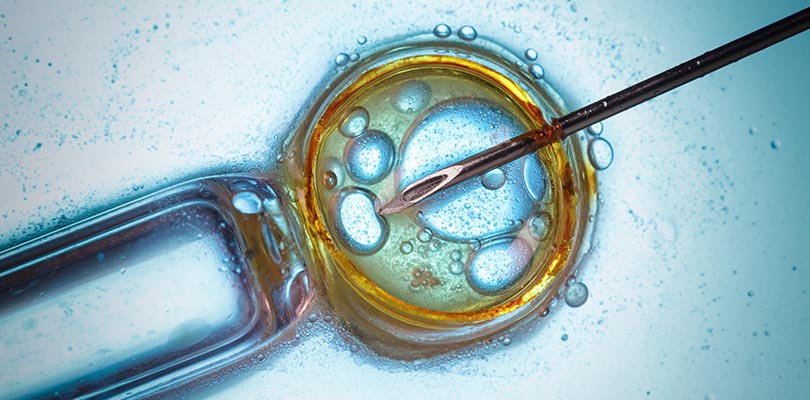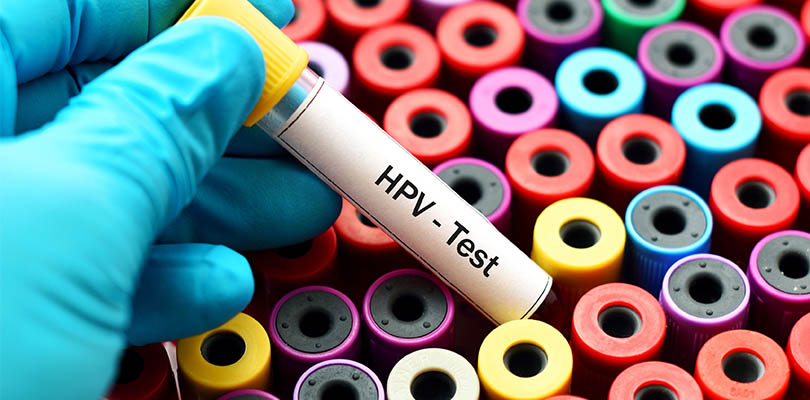Photo Credit: XiXinXing / iStockPhoto.com
Have You Encountered These Without Even Knowing?
We’ve all heard of heart disease, cancer, diabetes, arthritis, stroke and asthma. However, there countless conditions that don’t have life-threatening consequences, but which are really quite common and yet you have probably never heard of them. You might even have encountered one yourself and not even know it. Here are a five common health conditions you have probably never heard of:
Keratosis Pilaris
Keratosis pilaris is a very common but harmless skin condition, often mistaken for eczema. It affects approximately 30 – 50 percent of adults and is even more common in adolescents (50 – 80 percent).
The condition is colloquially known as “chicken skin.” It is characterized by the presence of lots of tiny skin-colored, red-rimmed bumps on the skin, like tiny pimples. It is a genetic condition, caused by an excess production of the skin protein keratin, which causes the blockage of hair follicles.
Keratosis pilaris first appears in childhood, where it most commonly occurs on the face, thighs, bottom, back, and outer sides of the upper forearms. The condition usually improves with age, often localizing to the arms and thighs by mid adulthood.
It is harmless, so no treatment is necessary. However, some people may choose to seek treatment for cosmetic reasons. Moisturizing creams containing ingredients that break up keratin, such as urea and salicylic acid, may help. Laser therapy may also be helpful.
Molluscum Contagiosum
If you have kids, you’ve probably encountered numerous infectious diseases you previously didn’t know existed. One of these diseases common in children is molluscum contagiosum.
What is Bipolar Disorder? This is a common question that is good to know the answer to for yourself and loved ones. Here is all you need to know.
This is characterized by small flesh-colored, pearly domed bumps on skin, often localized to one area. The bumps commonly hang around for at least three to nine months.
They can itch, and scratching spreads the virus to other areas of the body or to other people. If a bump gets infected, it can cause the local lymph nodes to become swollen and requires antibiotics.
Most infections do resolve on their own. However, some therapies may help the bumps to clear up quicker, which can help when trying to control spread between children!
Physiological Gynecomastia
Gynecomastia refers to growth of breast tissue in males — specifically the growth of real, glandular breast tissue as opposed to the excess fat that accumulates in overweight males. Physiological means it is a normal, harmless occurrence and not a disease process.
Males normally produce low levels of the female hormone estrogen, which controls breast tissue growth, as well as high levels of the male hormone testosterone. Breast growth occurs when there is an imbalance between these two hormones, with higher levels of estrogen being present compared to testosterone.
This can occur temporarily in newborns, adolescents, and men over the age of 50. The growing breast tissue is not sinister, but may be painful and tender.
Up to 90 percent of newborn males will have obvious breast tissue, due to transfer of female hormones across the placenta. It usually subsides within four weeks after the birth.
About 50 percent of adolescent males will develop gynecomastia during puberty, typically around 13 or 14 years of age. This is due to a temporary imbalance in hormones, with testosterone production lagging behind estrogen. It typically resolves spontaneously within six months to two years, but some boys may seek medical help to reduce the emotional stress.
Another peak in gynecomastia occurs in men over 50, as testosterone levels decrease. It is estimated that approximately 30 – 65 percent of men between fifty and eight years old may experience some degree of physiological gynecomastia. Note that persistent gynecomastia or gynecomastia without an obvious cause may be associated with disease and requires medical advice.
Vulvodynia
Vulvodynia is a chronic condition where there is pain, burning or discomfort of the entrance to the vagina. The area looks normal, however the area is either painful all the time, intermittently or when touched. It often makes sex, tampon use and pap smears painful, if not impossible.
The condition commonly lasts for years, and most women suffer in silence. This makes it hard to determine the exact number of women with the condition, although it is estimated up to 16 percent may be affected. It is often encountered for the first time when a woman first becomes sexually active.
The cause is unknown. Research suggests that women with vulvodynia are born with more nerves in the area. If the nerves get damaged, such as by fungal infection (thrush), sexual trauma (inadequate lubrication) or childbirth, it is thought the nerves become hypersensitive.
Many doctors still aren’t familiar with the condition and dismiss the pain as psychological. It pays to find someone who understands the condition because lubricants and certain medications can help. Surgery to remove the affected area is a last resort.
Retinopathy of Prematurity
Retinopathy of prematurity (ROP) is the leading cause of preventable childhood blindness in the developing world. It is a disease that only affects premature babies, and occurs when a premature birth causes the still developing retina to become exposed to high levels of oxygen in the outside world.
This causes the blood vessels at the back of the eye to temporarily stop growing. What follows is the compensatory, excessive regrowth of vessels. The excess vessel growth causes bulges in the retina, which can cause it to detach from the back of the eye and cause blindness.
All premature babies born before 32 weeks gestation are at risk, but the risk is highest in severely premature and lower birth weight babies. Exposure to high supplemental oxygen also increases the risk.
Regular eye checks following birth of all premature babies are necessarily, continuing for up to 18 weeks after birth, when the blood vessels have fully matured. In mild disease, the vessels often correct themselves but, where retinal detachment is imminent, early laser therapy is necessary to prevent vision loss.
ROP still causes some blindness in the developed world, but middle-income developing countries are most affected by blindness because they have increased access to facilities to keep more premature babies alive, but lack the resources to detect and treat ROP.







